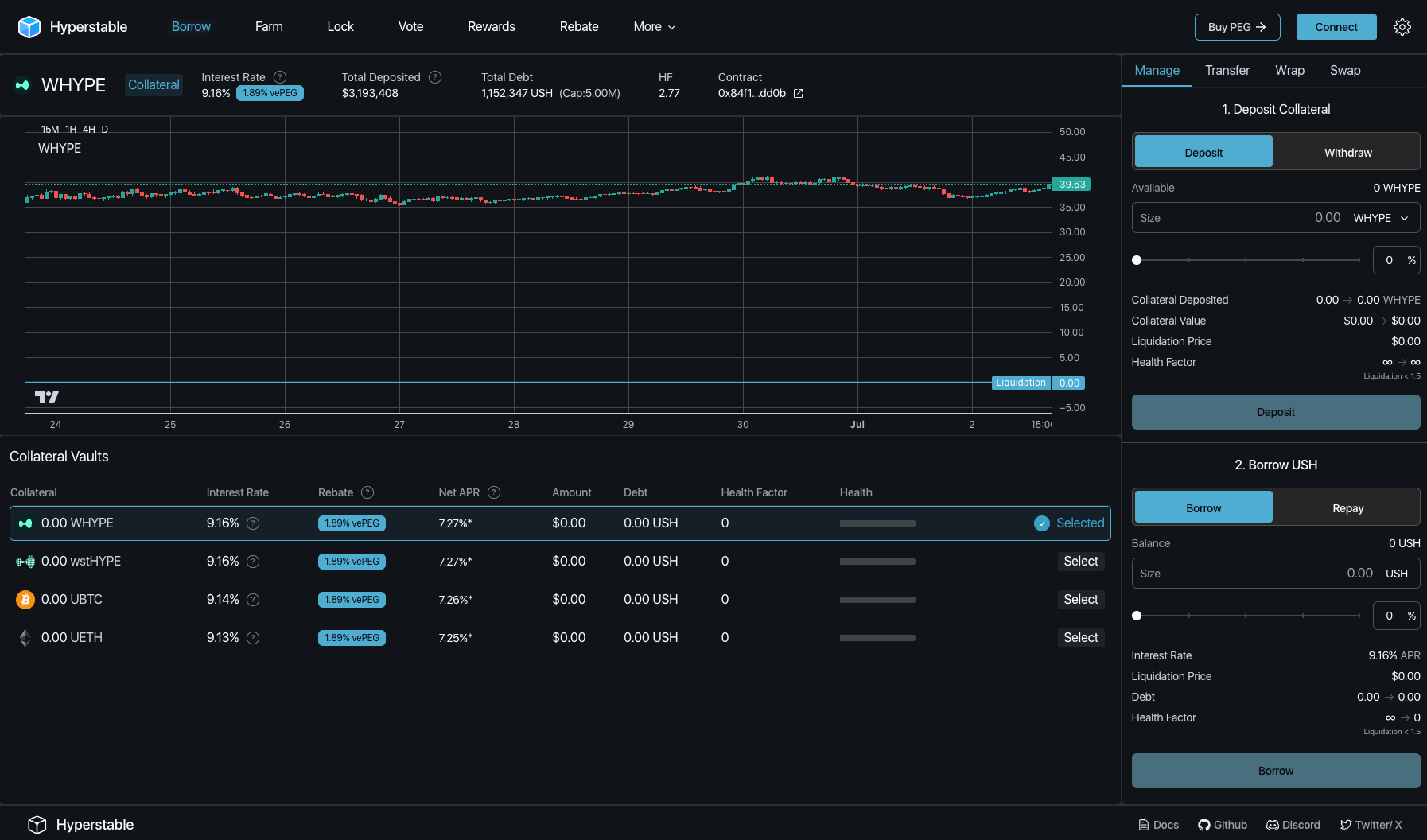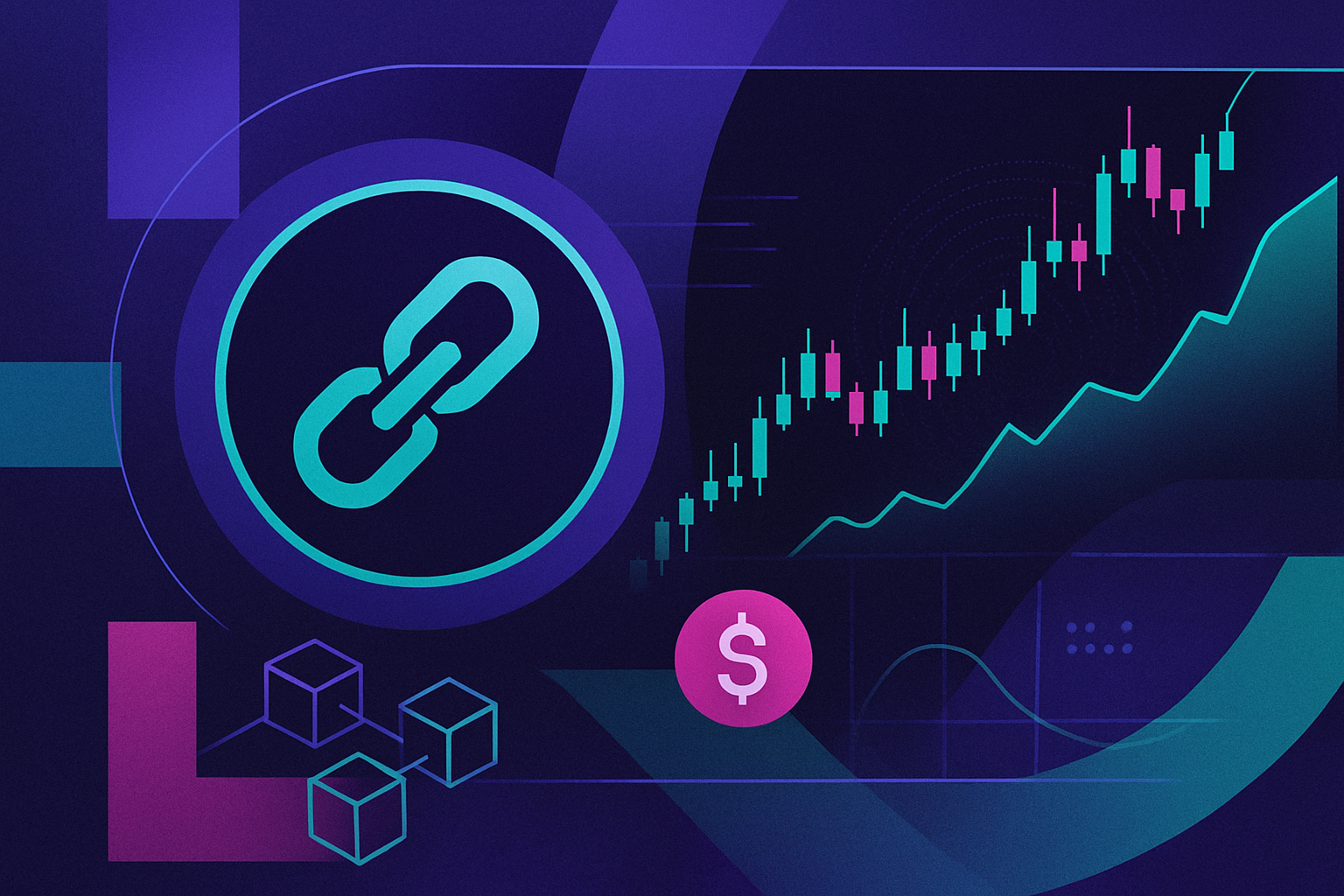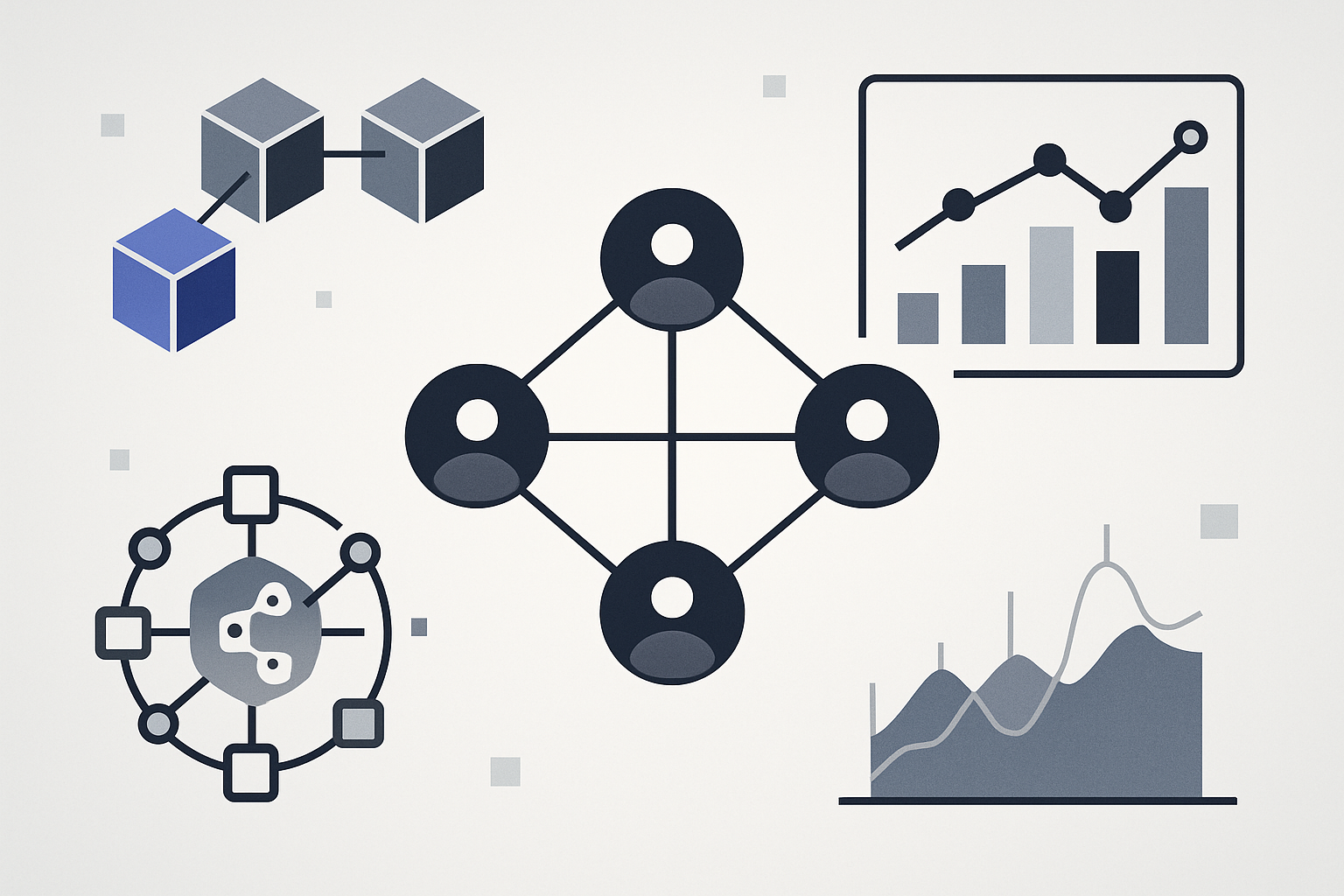
Decentralized perpetual DEXs have undergone a seismic transformation in 2025, ushering in a new era of cross-chain swaps that eliminate the need for bridges or wrapped tokens. This evolution is not just technical but also philosophical, as it brings DeFi closer to its foundational promise: frictionless, trustless, and borderless trading. For traders seeking to maximize capital efficiency and minimize counterparty risk, platforms like Hyperliquid-Style Perps now offer a compelling alternative to centralized exchanges and legacy bridging solutions.

The Rise of Decentralized Perpetual DEXs in 2025
Perpetual DEXs, decentralized exchanges specializing in derivatives with no expiration date, have become the backbone of modern DeFi trading. The sector’s explosive growth is evidenced by September 2025’s daily trading volumes, which soared to $96.973 billion across leading platforms (Atomic Wallet). This surge is driven by three core factors:
- On-chain transparency: All trades are publicly verifiable, ensuring non-custodial security.
- Deep liquidity: Advanced on-chain order books rival those of centralized venues.
- Ultra-low latency: Platforms like Hyperliquid process over 200,000 orders per second with sub-10 millisecond execution (see how this is achieved).
This combination has made decentralized perpetual contracts the instrument of choice for sophisticated traders and institutions seeking both performance and autonomy.
Cross-Chain Swaps Without Bridges: The New Standard
The Achilles’ heel of traditional cross-chain swaps has always been reliance on third-party bridges or wrapped assets. These mechanisms introduce additional attack surfaces and operational complexity, risks that have led to high-profile exploits in previous years. In response, protocols like Singularity have pioneered direct value transfer methods that bypass intermediaries entirely (arxiv. org). This paradigm shift enables traders to move assets natively between chains with reduced volatility and fewer points of failure.
Hyperliquid-Style Perps has rapidly integrated these innovations into its core architecture. By supporting direct deposits from multiple blockchains and facilitating atomic swaps at the protocol layer, users can execute cross-chain trades without ever relinquishing custody or relying on external bridges. The result is a more streamlined experience with enhanced security guarantees.
Navigating Cross-Chain Swaps on Hyperliquid
Executing a cross-chain swap on Hyperliquid in 2025 is remarkably intuitive yet underpinned by sophisticated infrastructure:
- Connect your wallet: Use MetaMask or another compatible wallet that supports the relevant networks.
- Deposit funds directly: Take advantage of Hyperliquid’s integrated cross-chain functionality to move assets onto the platform without first converting them into wrapped tokens.
- Select your markets: Choose from over 100 supported pairs spanning major L1s and L2s, each backed by deep on-chain liquidity pools.
- Initiate your swap: Enter trade parameters; the platform’s matching engine handles order routing across chains with sub-second execution times.
This workflow not only reduces operational friction but also offers a level of speed and reliability previously reserved for centralized venues. For step-by-step instructions tailored to your specific trading goals, see our comprehensive tutorial (step-by-step guide here).
One of the most significant outcomes of these advancements is a drastic reduction in both execution risk and slippage, even for large block trades. Hyperliquid’s protocol-level cross-chain settlement ensures that users can move capital between ecosystems without delays or intermediary failures. For professional traders, this means arbitrage opportunities and hedging strategies are now viable across previously siloed DeFi markets, without the headaches of managing multiple bridges or custodians.
Risk management has also evolved alongside these technical improvements. With all trades and order book changes recorded on-chain, transparency is no longer optional but embedded in every transaction. This is especially critical for institutional participants who require auditable records and real-time monitoring. The composability of Hyperliquid-Style Perps allows integration with advanced analytics dashboards and risk engines, supporting sophisticated portfolio management at scale.
Why Low-Latency Matters in Cross-Chain DeFi
The ability to execute swaps with sub-10 millisecond latency fundamentally alters the playing field for DeFi traders. In volatile markets, milliseconds can mean the difference between profit and loss, particularly when leveraging perpetual contracts. Hyperliquid’s matching engine not only matches centralized exchange speeds but does so without sacrificing user custody or transparency.
This performance advantage extends to liquidity depth as well. By aggregating order books across multiple chains and deploying capital-efficient market-making algorithms, Hyperliquid-Style Perps minimizes slippage for large orders, a key requirement for whales and institutional desks entering the decentralized derivatives arena.
Optimizing Your Trading Strategy for 2025
To fully capitalize on the potential of decentralized perpetual DEXs in 2025, traders should consider several best practices:
- Stay informed: Monitor protocol upgrades, new market listings, and liquidity shifts to identify emerging opportunities.
- Diversify across chains: Leverage cross-chain swaps to access unique yield opportunities or hedge exposure across different blockchain ecosystems.
- Utilize advanced order types: Take advantage of limit orders, stop-losses, and algorithmic trading tools now available natively on platforms like Hyperliquid.
- Monitor on-chain analytics: Use real-time dashboards to track open interest, funding rates, and liquidation levels, critical data points for managing leverage risk in perpetual contracts DEX environments.
The convergence of low-latency execution, deep liquidity pools, and seamless cross-chain functionality is rapidly making decentralized perpetual DEXs the default venue for serious crypto trading in 2025. As these platforms mature further, integrating additional blockchains and expanding product offerings, the barriers between ecosystems will continue to erode.
For those ready to explore this new frontier firsthand, mastering platforms like Hyperliquid-Style Perps is essential. Whether you are seeking lower fees, faster trades, or simply greater control over your assets, the next generation of DeFi infrastructure has arrived, and it is already shaping trading behavior across the global crypto landscape.







